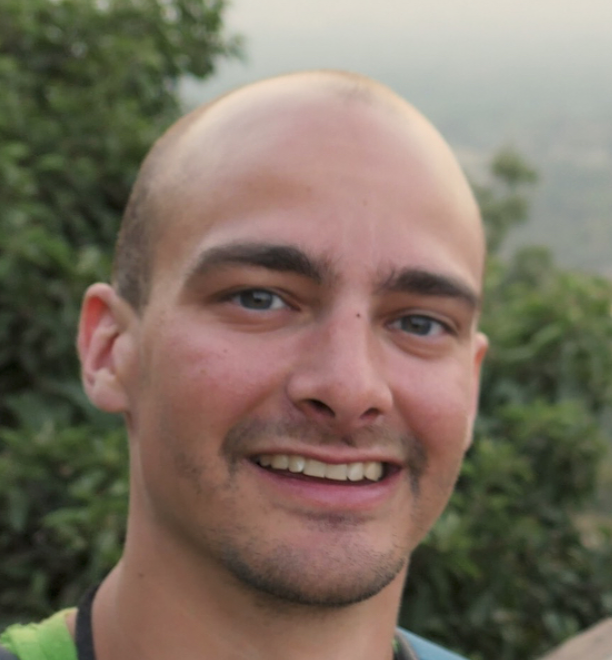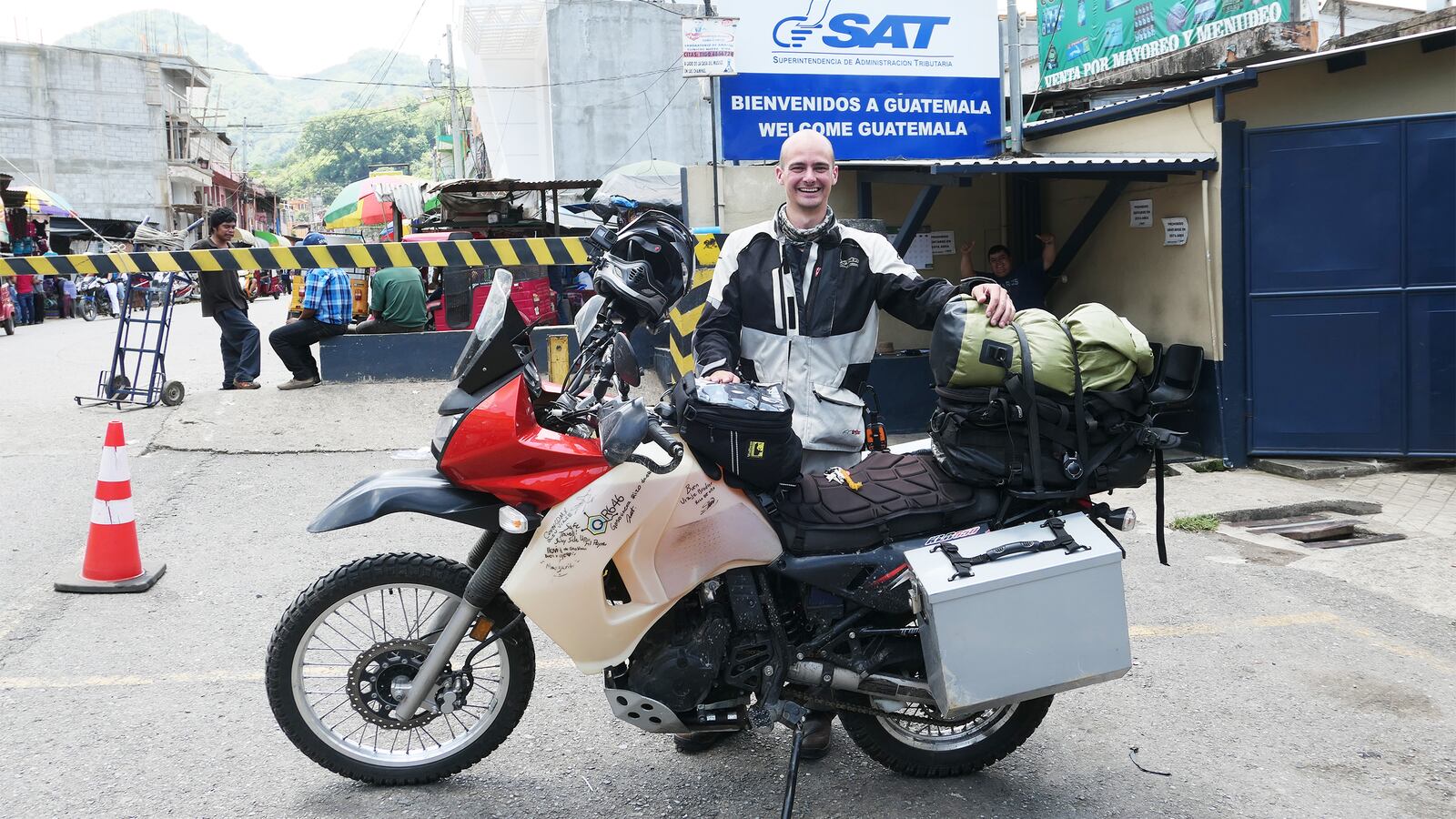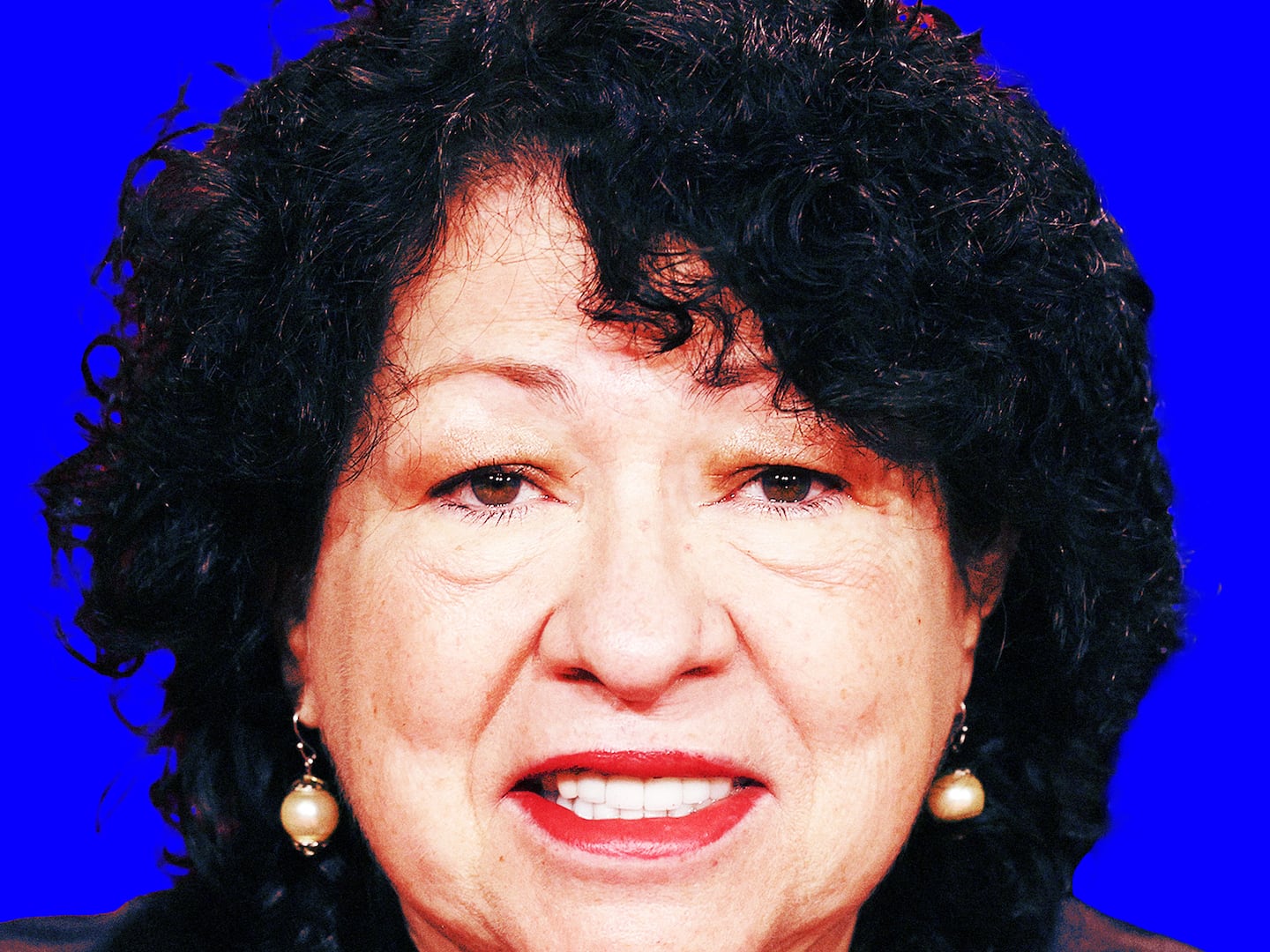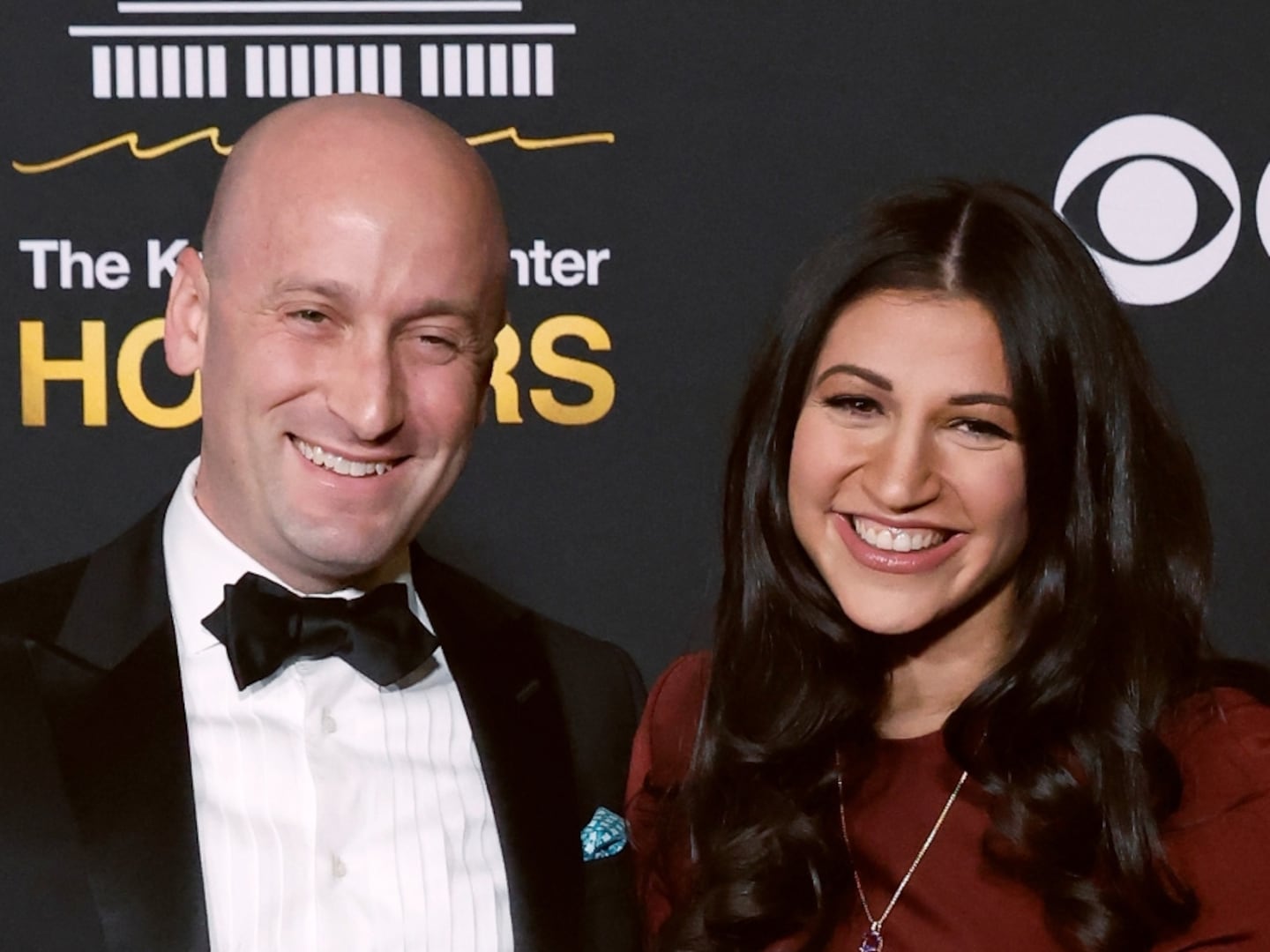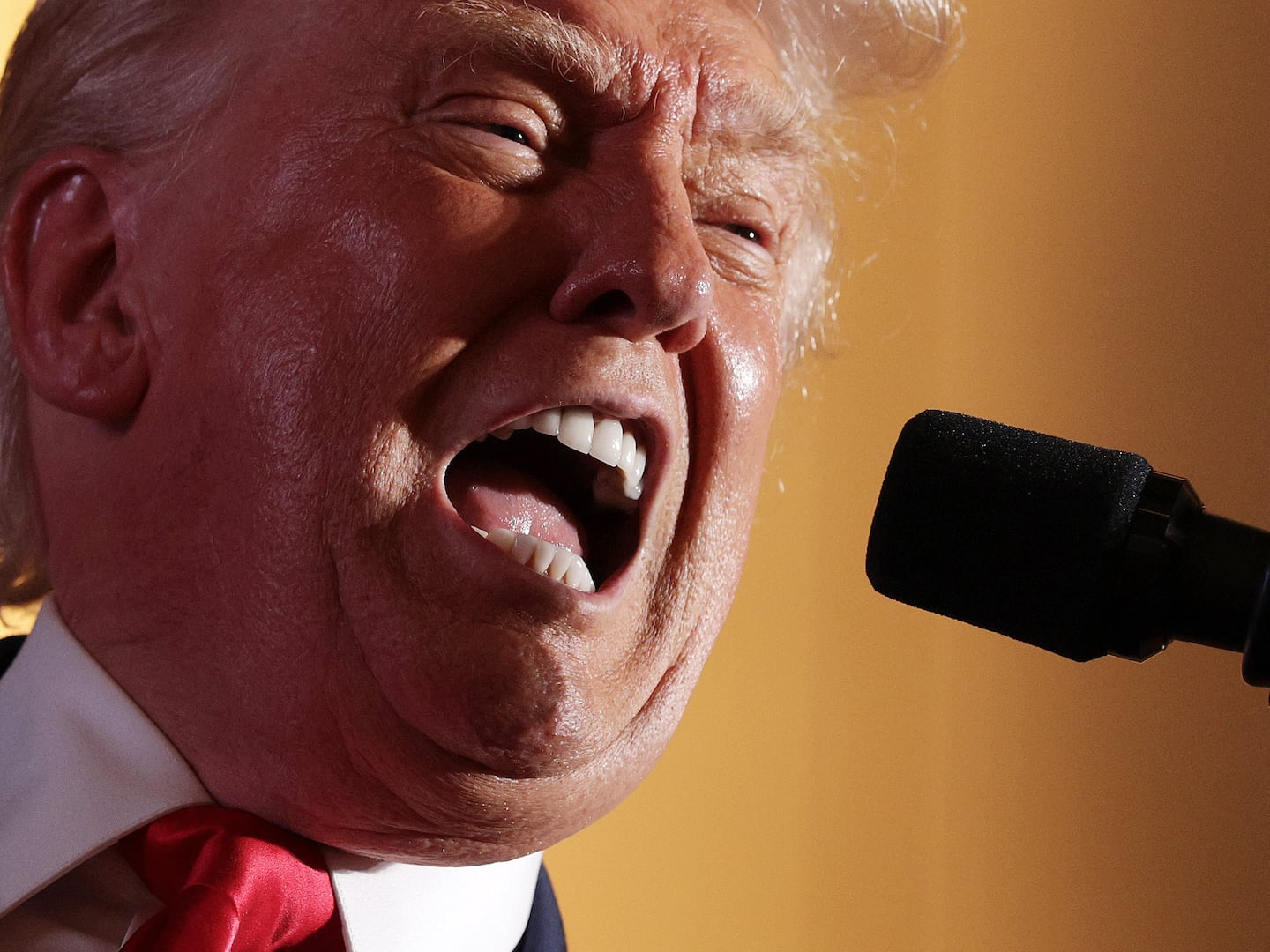Joe Tustin, 29, quit his job as a software sales executive in the Denver area last October and set out to travel the world. After months in Nepal and Southeast Asia, he left Colorado again in May on a rebuilt motorcycle, hoping to make it to Patagonia by Christmas. Over the last few days he has been traveling through Central America, skirting an erupting volcano in Guatemala, then driving through El Salvador and Honduras, hoping he could race through Nicaragua, where a national uprising against the dictatorship of Daniel Ortega has been met with ferocious violence. To date, some 200 people have been killed and well over 1,000 injured. Many of the roads are blocked, and a national strike has shut the country down. But very little news about the situation has appeared in the U.S. press. And Tustin really had no idea what he was getting into as he crossed from Honduras early last Friday morning. Afterward, he found the detailed article about Nicaragua published last week by The Daily Beast and sent us his first-hand account of what he saw there.
— Christopher Dickey, World News Editor
The Nicaraguan border was a ghost town. I was the only person there, local or tourist. The final inspector was a nice older guy and after checking my VIN on the paperwork I asked if he wanted to sign the tank. He was happy to and with a smile on his face I asked him for route suggestions.
Now I don’t know if he had any more information than anyone else but he suggested I dramatically change my route around the capital — Managua. It was an easy modification and decided to follow his instructions. At 7:00 a.m. I was across the border and I rode as fast as possible in an attempt to make up time preemptively for what might be ahead. There was no one on the roads at all. I was the only one and almost positive the only tourist in transit. It was smooth sailing on the paved road of the CA-1. But then I started to feel something. Something was coming and something was off.
Knowing that Estelí was the first major city I would encounter I expected to see something. It was early morning but not that early and no shops were open. I only saw a few handfuls of farmers tending their horses and people sitting on the side of the road slack jawed at my presence.
Then I started to see busses full of people going the opposite direction toward Honduras. Eventually reaching hundreds of people seemingly in the middle of nowhere standing around boarding other busses. Fathers holding luggage, mothers holding babies and the hands of their little ones, all with worried looks on their faces. They were getting out of Dodge and I was heading right into it.
Besides that congregation of people I saw no one until I reached the limits of Estelí. The first gas station I saw was taped off, out of gas. Trucks with their hoods up lined the road around it useless without gas.
Pedestrians flooded the roads walking like the apocalypse to somewhere ahead of me. Carrying empty bags and bottles seeking supplies on the other side of the roadblock. Pedicabs out in full force full of families and goods going in both directions. The stores looked empty and people standing around helpless.
The next gas station with a line so long it blocked the road. Maneuvering around the cars and motorbikes in line I was thankful I had my ten gallons. Motorbikes leaving the station with passengers holding windshield washer fluid bottles full of gas.
Trucks turned off and at a standstill lined the right lane which stretched for three to four kilometers. Every so often a truck would be turned to block both lanes of traffic and I would need to maneuver around using the dirt paths normally reserved for pedestrian traffic.
Everyone was on edge and I quickly realized there was no blending in, my presence was alien. Truckers strung hammocks under their trailers sleeping, drivers used makeshift stoves to cook, and vendors sold water and what little food they had. A new system of commerce was necessary and emerged.
There was something ahead but I still couldn’t see what.
By this time I am the only vehicle among a mob of pedestrians. Slowly making our way to the first roadblock.
Without warning the line of trucks stopped and opened into an empty space, on the other side a four-foot wall erected out of road pavers. But first was a barbed wire laid across the road and at neck level across the dirt path to the right — a barbed wire necktie.
Stopping at the barbed wire I catch the attention of a man on a bike facing the other direction. Motioning — which way? Answering by shrugging his shoulders and turning away. I had caught the attention of everyone in the area, what would this gringo do next?
In the middle of the road was a small pile of dirt thrown over a strand of barbed wire. Hoping it was high enough to avoid puncturing my tires I threaded over it. The roadway had been blackened in places by burning tires, and fragments of debris littered the 200 feet to the stone wall.
I see only one way around, to the right. Standing guard is a masked man holding a homemade mortar cannon. It looked like a caulk gun but for a very different application.
I can see a fuse poking out of the end and smell sulfur. Lighters seem to be rare and everyone is using matches. As I approach he quickly wags his finger. Immediately I stop, park my bike and dismount. Once the ignition is turned off, BANG!. One of these makeshift mortars explodes behind me and I quickly turn around in a panic. Thinking in my head : BE COOL DO NOT FREAK OUT.
Waiting for a few minutes felt like an eternity. With each explosion the accompanying shockwave stronger in my chest and the distance sounding and feeling closer. The guard is fixated on the horizon, something is happening and it’s getting closer. After searching the backpacks of pedestrians the masked guard turns his attention to me.
“Pistola? Bomba?”
Throwing my hands in the air and shaking my head. He starts feeling my bags. “Que es?”
Trying to remember any of the Spanish I learned and answer the best I could I said I had camping equipment in the green bag, clothes in the black bag, and tools in the locked metal boxes. He then turns his attention to my tank bag and demands I open it, exposing money, my camera, documents, and other valuables. He feels the items, puts them back and then waves me through.
After another 200 to 300 feet of scarred pavement lies another stone blockade. A dirt path to the right is my only way around. As I get closer I hear yelling from my left. I couldn’t see it but a barbed wire necktie waited for me, blocking my path. Quickly a protester runs over, lifting the wire and letting me pass.
The other side of the road lay the same scenario. Tractor trailers immobile lining the left hand side of the road and others blocking traffic in both directions. Locals on motorbikes wave to tell me to follow them to paths around the trucks.
Remnants of burned tires with their steel braiding like giant slinkys are littered on the road and surrounding paths.
Small cars being used as taxis run passengers and goods as far down the road as possible in succession are the only vehicles moving other than motorbikes. The cars are limited by their distance and as soon as they stop people are waiting for a ride in the opposite direction.
Shortly after the line of tractor trailers another blockade across a bridge. This time not even the locals are getting through. A protester standing guard waves me to the front.
I say, “Yo voy Costa Rica, no mas Nicaragua.”
He tells his friend to remove the steel beam and allow me to pass. I am now the only vehicle moving through, including locals on bikes. Five hundred feet later stands the bridge and everyone is surprised at my presence.
They aren’t letting anyone through in either direction and I draw the attention of protesters and bystanders alike. I am asked where I am going and where I am from.
"Voy a Costa Rica” and “Soy de Americano” will be my primary phrases used from this point on.
The guard who I spoke with yells to his friend to let me through and after some heated discussion he removes the stones and allows me to pass.
With adrenaline pumping I lay on the throttle and get out of there. After an hour of the fastest I have ever ridden, exhausted, I take refuge under a bus stop overhang and am overcome by emotion. This was the most terrified I have ever been, on the verge of tears contemplating what lay ahead, filled with anger and outrage that no one in the world gives a flying fuck about these people and their struggle. Ashamed albeit thankful that my life has been so easy. That these kids, young people, and citizens in general are willing to give their lives for a cause bigger than themselves is something I have never experienced, but now was witnessing first hand.
I have seen a lot of poverty along my travels around the world but I have never seen poor people or anyone for that matter willing to give their lives and everything they have for the chance at a better life. It was devastating. Heartbreaking.
My phone had service and I texted my family telling them I loved them and was terrified. It was too late to turn back and I felt as if I was literally running for my life.
At each roadblock the feeling of something bad was looming. You could read it on everyone’s faces and in their manner. They knew their time to fight was coming but no one knew when. Every outsider is a potential spy gathering information for the turbas, military, police, or government. You could taste the paranoia.
At my moment of total desperation there at the bus shelter something beyond comprehension happened. A butterfly landed on my leg to keep me company. In Nepal a butterfly landed on my bag and a woman who had no prior knowledge of my past commented its meaning. She told me it was a good omen. It meant that someone who had passed was with me and thinking of me. I knew that butterfly on my leg at that bus stop in the Nicaraguan countryside was my dad looking after me and keeping me safe. I could feel it.
With newfound strength I mounted my bike and chose the new proposed route, entering the areas surrounding Managua, knowing it would be the most dangerous and difficult part of the journey.
In the countryside there was a stark contrast to the cities. There were no roadblocks, seemingly no unrest, life seemed to go on as normal. Farmers herding their cattle, children in uniform going to school, shops empty but operating. It was two different sides of the same coin. In the countryside I was able to keep up my speed because there were very few cars on the road in either direction.
As I reached Tipitapa I could tell something was looming ahead. The air was too clean as if there hadn’t been a car which passed in days. The road was littered with white markings from the “mortars” exploding. Dodging remnants of burned tires, I could see something happened here. Then I saw the pedestrians whose numbers grew exponentially until I reached the center of town.
All the shops the lined the street had their steel shutters lowered. Eventually I reached what looked like the entire population of the town congregated in one spot, feverishly gathering their families and leaving the area by any and every means of transportation possible. Cars zig zagging around each other and pedicabs picking up passengers. Everyone yelling and honking their horns going in the opposite direction.
After that, silence. No civilians left, only protesters seemingly gearing up for what could be coming at any moment. First a chopped-down tree, then a line of boulders with ashes of a fire, between each barrier the road covered in broken glass. More lines of boulders and bags of sand creating the barrier lines. Each thoroughfare with the same type of barrier, leading to a turned over and burned bus flanked by a four foot wall of pavers.
I make my way around the barrier on a pedestrian walkway littered with parts of the bus. Once around I caught the attention of a group of protesters. They were masked and held homemade guns and mortar launchers, and they were running toward me.
Immediately I stop my bike, flip up my visor and put my hands up. Again reciting my motto of where I’m going and where I’m from. They quickly wave me through and instruct me to take the road over the dirt path.
Again, I am the only one on a vehicle getting through. More burn marks on the road and five hundred feet separate me from another series of road blocks. The only way around is by driving off a short loading bay. The road on the other side has been removed to make the barrier. The only way to the other side of the next is to ride over and off the high sidewalk.
Followed by another series of blockades using the resources available. Boulders, cut down trees, road pavers, and roadside billboards spray painted with messages of revolution.
Tipitapa was the last large town until Masaya. The smaller towns felt much more on edge than the cities. And the situation felt increasingly desperate, because supplies are unable to get through the blocks from the larger cities.
Guards with the same homemade firearms and plastic bottles asked or demanded payment in order to pass. Every single blockade was manned by several protesters, sometimes dozens of them. I was not prepared for so many in such quick succession.
To pay my way through, I used packs of cigarettes at heavily manned blocks and single dollar bills at smaller ones. I attracted attention with the large cache of gasoline between my legs and GoPro stuck to my helmet. Understandably forced to point it down and checked to ensure it wasn’t recording. The routine became automatic; bike in neutral, visor up, hands up and say my speech. I was just passing through. But while I was starting to feel a bit comfortable, the people I encountered became more aggressive, desperate, and paranoid. And that escalated the closer I traveled to Managua.
I want to state on the record that overall the protesters were cool with me. I was a sitting duck in as close to a war zone as I could imagine and they never took advantage of me. Emotions were running high for everyone. Some situations escalated quicker than others but like guardian angels complete strangers appeared to serve as my advocates. I was not the enemy, just very very out of place and far from home. And “those people” that I had been warned about when leaving home — those people were not my enemies either. The were helping me.
Blockades became more elaborate in the smaller towns and more defenses were used. Spike strips, long spiked boards, smaller chunks of wood with nails were littered along with glass between barriers.
Entire towns were barricaded with stone road blocks, burned cars, burned tractor trailers, and more barbed wire neckties. Many of these towns had barriers built with the intention of being impassable. Only locals knew the way around and were not eager to help an outsider.
At one such blockade a man on a dirt bike, one of “those people” appeared out of nowhere and while I was stopped whistled at me and motioned to follow him. He led me through the town of torched cars, burned buildings, and streets littered with the aftermath of a battle. At every turn he was checking to make sure I was following him. As soon as I was around, poof he was gone just as quickly as he appeared.
While stopped at another impassable blockade another man — again, one of “those people” — came to my rescue providing directions and advising which streets weren’t barricaded. He told me I was smart for carrying so much gas as there is none in that part of the country. But countered that he also wouldn’t be surprised if I was killed for it because the situation was so dire. He wished me well, and held my shoulder as I thanked him for his compassion.
The area around Masaya was the worst. There are many intersecting roads. It was very well manned and they could hear me coming. I could see and smell the smoke of their fires looming in the distance.
My goal was to leave every situation as quickly as possible and not allow a crowd to form. I would attempt to identify the eldest or the one in charge and speak with him. As soon as I had his approval and nod I would drive off and avoid any additional dialogue.
One of the last roadblocks I encountered and the closest to Managua was by far the worst. The situation escalated so quickly it will stay with me for life.
It was a very heavily manned blockade along a remote part of a road with only one way around. They saw me coming and I quickly had everyone’s attention. The gas was sloshing inside my tank and the GoPro pointed down. There had not been a safe place to stop and remove it from the point it was first identified and started to cause a problem.
Surrounded by a group of protesters and with no way to exit I went through my routine. They were seemingly jolly and smiling at me. Laughing and pointing at me. I couldn’t understand what they were saying but laughed with them in an attempt to keep the mood light. But they didn’t move and said I couldn’t pass. Then the questions and comments about the tank came. How many gallons? We need gas for our cause and bikes. I pleaded that I needed it to make it to Costa Rica. I mean no harm and apologizing for trespassing. I am just trying to make it through.
In the passing moments a man whose face and tattoos I will never forget saw the signature of the police from Guatemala I met from a few days earlier at the volcano. It was signed National Police - San Juan. I realized there must be a San Juan, Nicaragua.
All hell broke loose as they started to yell that I was a spy from the police and to be dealt with. I pleaded “NO POLICIA” over and over again as they grabbed at my pockets as I held up my hands. They were searching for a pistol and weapons. There was no bribing my way out and they were done listening.
Again a man, one of “those people,” came to my rescue. He spoke English, interrogating me, checking my papers and ID while the others pointed their machetes and homemade firearms at me. I begged for my life as he mellowed the crowd. I waited for what felt like an eternity during his pregnant pause and then he agreed I was not police nor meant them harm — this to the dismay of his fellow protesters.
We spoke for a minute about the ride and if I was aware of the situation in Nicaragua. I told him the international news isn’t telling their story or about the situation. He wasn’t surprised and I departed with him joking, “Well, you got an adventure out of it.”
Shortly after I was able to rejoin the CA-1 with no issues until Rivas. After the 20-25 blockades I encountered, Rivas was no problem and my final barrier to Costa Rica. With little convincing I was able to pass and a young protester lifted yet another barbed wire necktie which would be my last.
The only police I saw were on that final stretch to Costa Rica. The country is completely lawless and even so I was treated fairly and ferried to safety by “those people”.
From the Honduras border to the Costa Rica border it took me 5:43 minutes. Faster than the time google maps predicts which doesn’t account for the blockades. I spent the cigarettes and ~$25 in total in bribes. I wasn’t robbed and left with everything I intended on keeping.
Once at the border my tire popped and couldn’t help but laugh. A piece of steel braiding from a burned tire punctured my rear tire. I am not sure how it is possible, but it held air and got me out of the country and only flattened once I was safe.
A group of truckers heading into Nicaragua helped me fix the flat and stood guard as everything I owned was scattered along the road. Citing the golden rule of “Today you, tomorrow me.”
I am so sad for the people of Nicaragua. I don’t claim to be an expert in the situation, but I can testify to their decency and their bravery. Whatever their reasons for revolting against their government I believe must be warranted. “Those people” really saved my ass during that journey and I will spend a lifetime trying to pay it forward. It was a day that I will never forget and hope to not live again.
